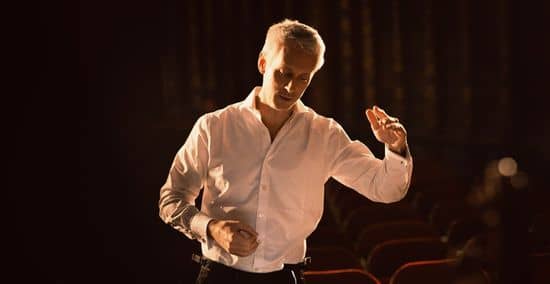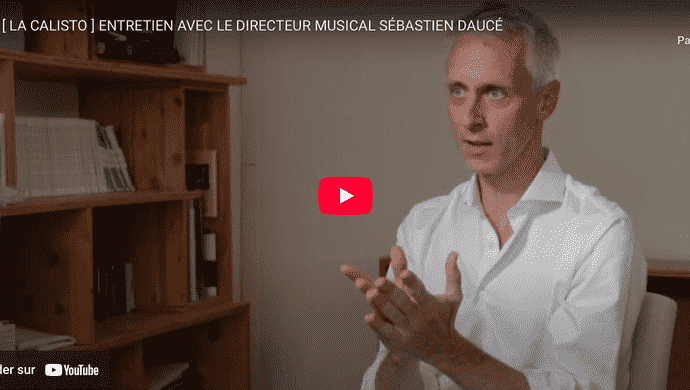Festival d'Aix-en-Provence
La Calisto
BilletterieInspired by Ovid’s Metamorphoses, Francesco Cavalli’s La Calisto tells one of Jupiter’s love stories. Cavalli retains all the tragic dimensions of a mythological story, while adding a comic cross-over between gods, nymphs and mortals.
Jupiter falls in love with the nymph Calisto, but she wants to remain pure and untouched by love. To seduce her, Jupiter disguises himself as Diana, his own daughter. What follows is a series of misunderstandings in which sexual ambiguity prevails. The baroque construction of the opera leads to a series of ambiguous playlets in which divine and human comedy are closely intertwined. In the world of the goddesses, the only love stories allowed are those of women. Diana and Calisto take advantage of a hunting trip in the undergrowth to get passionately close, while the shepherd Endymion and the god Pan both fall in love with Diana – Jupiter in disguise.
Juno, wife deceived by an overly voluptuous husband, naturally seeks revenge by turning her rival, Calisto, into a bear. Doubly remorseful, Jupiter transforms his innocent conquest into a star and sends it shining into the sky. Thus was born the constellation of the Great Bear.
Here, the legend becomes a mischievous game of love and chance, in which the adventures of Diana and Endymion are superimposed on the main plot in a chase of disguises. La Calisto derives most of its charm from its allusive, ambiguous character: a blend of unacknowledged sensuality and clear feelings, a narrative fluidity where laughter and tears, desire and revenge naturally follow one another.
Cavalli’s Calisto was not a great success at its premiere in Venice. The opera eventually won acclaim for the beauty of its musical composition, the inventiveness of the libretto and the boldness of the mixed tessitura (a single bass and soprano singer for Jupiter and Diana). The musical manuscript preserved in the Marciana Library leaves plenty of room for interpretation by today’s musician, making this opera a great musical and visual playground.
Discover Sébastien Daucé’s presentation of the work:

